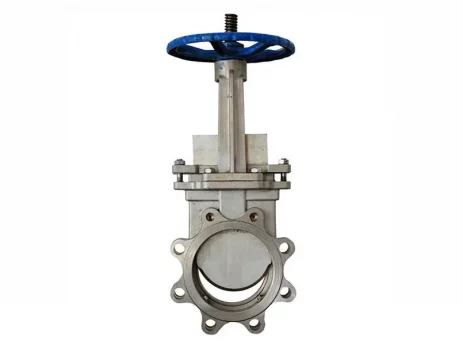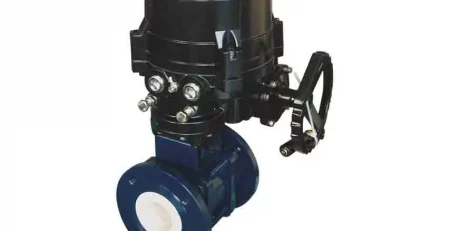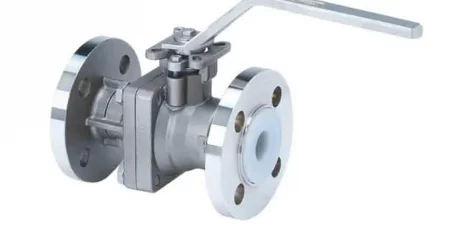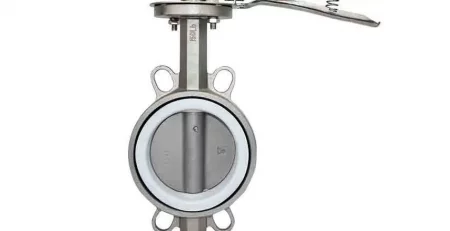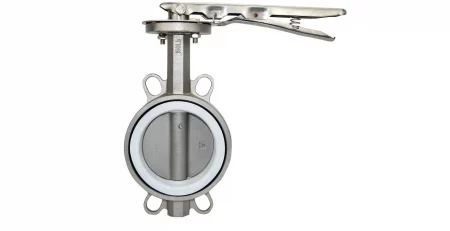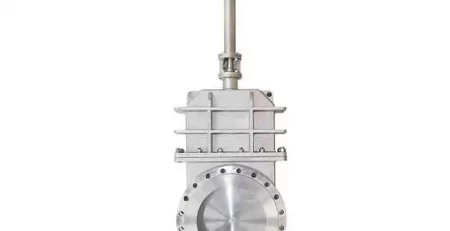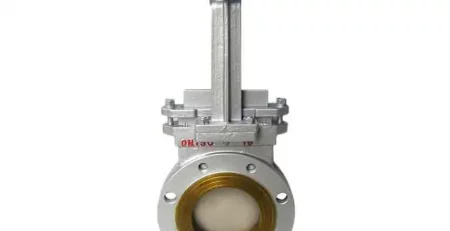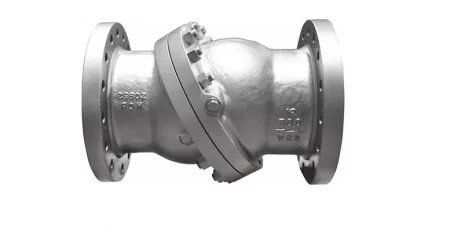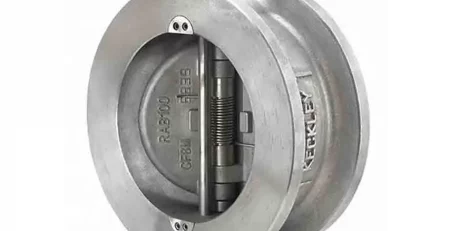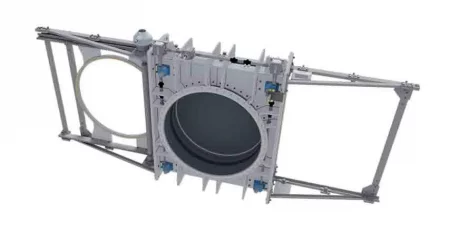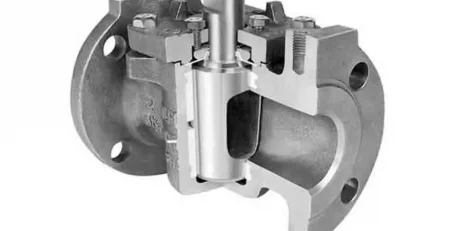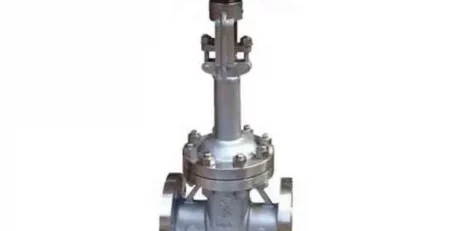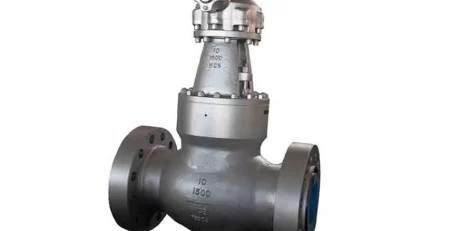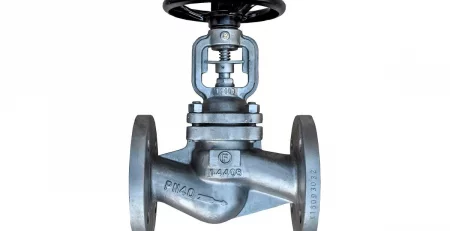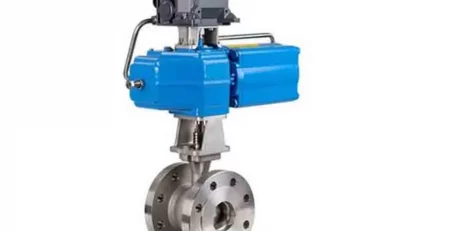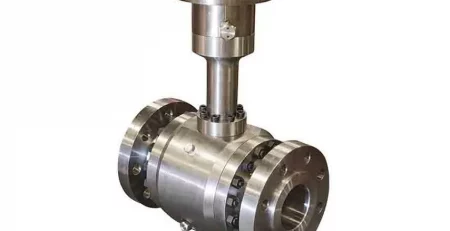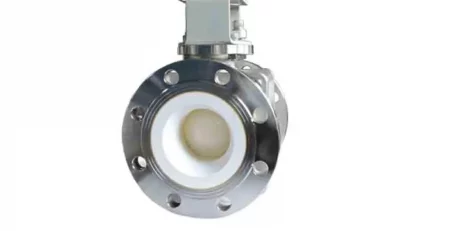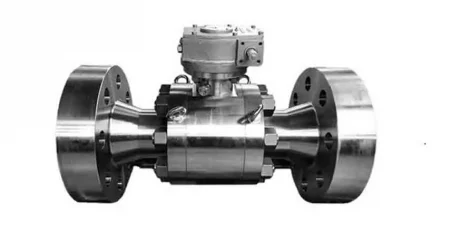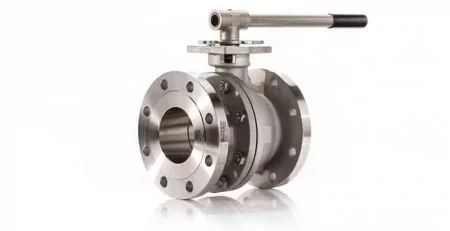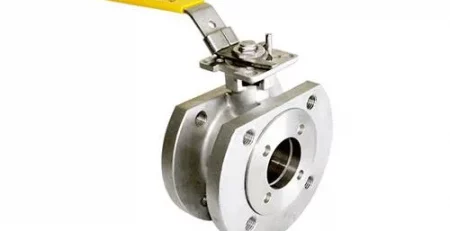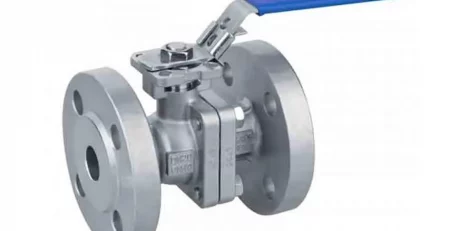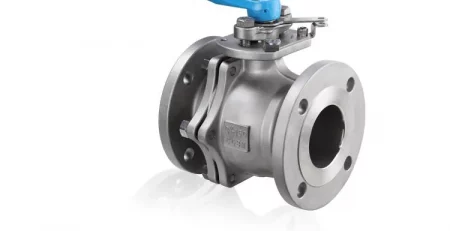HG-Stahl Gate Valve is a type of valve used in full-open or full-closed situations for fluids (water, gas, oil, etc.). These valves are used to start or stop the flow of fluids and are typically preferred in situations where the flow rate is low. Gate valves are a reliable and long-lasting control mechanism frequently used in pipelines.
Operating Principle of HG-Stahl Gate Valves
HG-Stahl Gate valves operate through a vertically moving gate. During the closing process, the gate moves downward to block the flow. During the opening process, the gate moves upward to allow the flow to pass freely. This design ensures the fluid either completely stops or flows freely, minimizing pressure loss in the fluid.
Types of Gate Valves
- Wedge Gate Valve: The gate is slightly inclined like a wedge according to the flow direction, providing tighter sealing during closure.
- Parallel Disk Gate Valve: Consists of two parallel disks, and sealing is achieved by the fluid trapped between the disks. It is commonly used in high-pressure applications.
- Rising Stem Gate Valve: As the gate moves, the stem also moves, making it easy to see from the outside whether the valve is open or closed.
- Non-Rising Stem Gate Valve: The stem is fixed, and only the gate moves, suitable for use in confined spaces.
- Knife Gate Valve: Designed for systems with dense or viscous fluids. A thin, knife-like gate cuts through the fluid to allow passage.
Application Areas of HG-Stahl Gate Valves
- Water and Wastewater Systems: Widely used in water treatment plants and wastewater management systems.
- Oil and Gas Industry: Preferred for controlling and stopping flow in pipelines.
- Chemical Industry: Used for the safe transportation and control of various chemicals.
- Shipbuilding and Marine Industry: Provides flow control in various systems on ships.
- Power Plants: Controls steam, water, and other fluids.
Selection Criteria for Gate Valves
When selecting a gate valve, the following criteria should be considered:
- Connection Type: Flanged, threaded, or welded connections can be chosen.
- Material Type: Stainless steel, cast iron, bronze, and other materials should be selected based on the fluid’s properties.
- Pressure and Temperature Values: The valve should be selected according to the operating conditions.
- Flow Rate and Capacity: The valve size should be appropriate for system requirements.
- Ease of Maintenance: Valves offering easy maintenance and repair options should be preferred.
